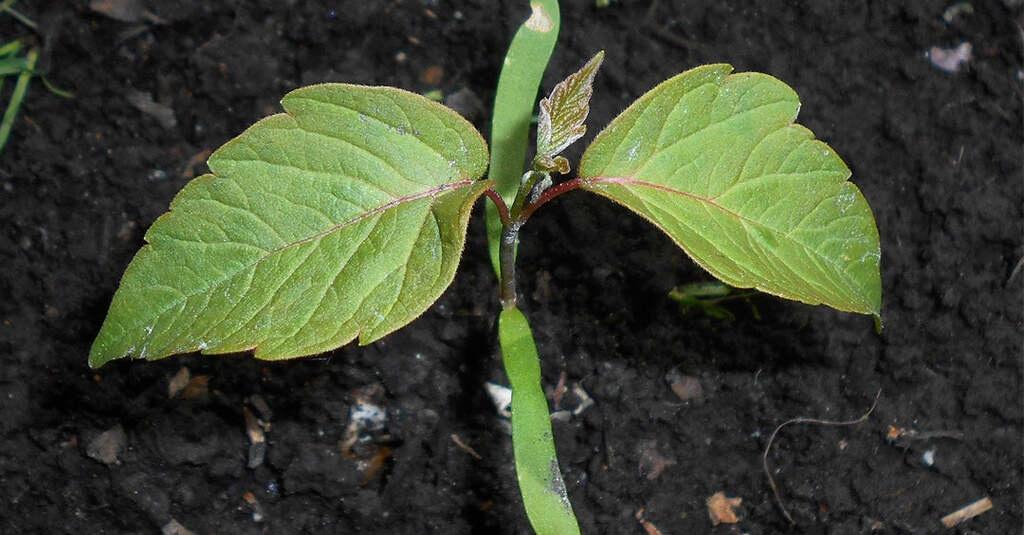Are you curious to know what is bioburden? You have come to the right place as I am going to tell you everything about bioburden in a very simple explanation. Without further discussion let’s begin to know what is bioburden?
In the domain of medical devices, pharmaceuticals, and healthcare, ensuring sterility is paramount to prevent infections and guarantee the safety of products and patients. Bioburden, a critical aspect of this assurance process, refers to the microbial load or level of viable microorganisms present on or within a product or substance before sterilization. Let’s explore the essence of bioburden, its significance, and its role in maintaining sterility and safety in various industries.
What Is Bioburden?
Bioburden represents the population of viable microorganisms, such as bacteria, fungi, viruses, and spores, present on or within raw materials, components, equipment, or substances before undergoing sterilization or aseptic processing. It serves as a baseline measurement to assess the efficacy of sterilization methods and ensure compliance with safety standards.
Key Aspects Of Bioburden:
- Quantification and Assessment: Bioburden is quantified through microbiological testing and enumeration techniques to determine the number and types of microorganisms present.
- Diverse Sources: It can originate from various sources, including raw materials, manufacturing environments, personnel, and handling processes, posing a potential risk for contamination if not controlled.
- Regulatory Compliance: Regulatory bodies, such as the FDA (Food and Drug Administration) and EMA (European Medicines Agency), outline bioburden limits and requirements to ensure product safety and compliance with quality standards.
Significance In Sterility Assurance:
- Risk Mitigation: Understanding and controlling bioburden levels are critical in minimizing the risk of microbial contamination, which could compromise product quality or patient safety.
- Sterilization Validation: Bioburden testing serves as a foundational step in validating sterilization processes, ensuring that the chosen method effectively reduces microbial populations to safe levels.
- Quality Control: Monitoring and controlling bioburden levels throughout the manufacturing process are essential for maintaining consistent product quality and meeting regulatory requirements.
- Patient Safety: In healthcare settings, such as hospitals or clinics, managing bioburden is crucial to prevent infections associated with medical devices, equipment, or pharmaceutical products.
Bioburden Control Measures:
- Good Manufacturing Practices (GMP): Implementing stringent GMP guidelines ensures proper hygiene, sanitation, and control measures to minimize bioburden levels in manufacturing environments.
- Sterilization and Disinfection: Employing validated sterilization methods, such as steam sterilization, ethylene oxide gas, or gamma irradiation, effectively reduces bioburden to acceptable levels.
- Routine Monitoring: Regular testing and monitoring of bioburden levels enable timely intervention and adjustments in processes to maintain sterility and quality.
Conclusion:
Bioburden stands as a critical parameter in the assurance of sterility and safety in industries where microbial contamination poses risks to products and, ultimately, to patients or users. Managing and controlling bioburden levels through stringent protocols, validated sterilization methods, and adherence to regulatory standards are imperative in safeguarding the quality and integrity of medical devices, pharmaceuticals, and healthcare products. Understanding the significance of bioburden and implementing robust control measures are pivotal steps in ensuring sterility and upholding the highest standards of safety and efficacy in various industries.
FAQ
What Causes Bioburden?
In a medical device or pharmaceutical manufacturing environment, the main contributors of bioburden contamination come from personnel, raw components, lack of environment control (poor cleaning practices, lack of positive pressure and particulate control of environment), or water used in the manufacturing process.
What Is Bioburden And Sterility?
Bioburden has to do with identifying the microbial burden in a sample. The microbial burden is the quantification of all live microorganisms (fungi, bacteria, etc.) using colony-forming units (CFU’s). Sterile refers to verifying the absence of live microorganisms in a product or product-packaging system.
What Is A Bioburden Sample?
Bioburden is the presence of viable microorganisms on a surface (or complete item), inside a device, or in a portion of liquid, before sterilization.
What Is The Bioburden Of Infection?
Wound bioburden refers to all of the dimensions of wound microbiology believed to be important in the development of wound infection. These dimensions include microbial load, microbial diversity, and the presence of pathogenic organisms.
I Have Covered All The Following Queries And Topics In The Above Article
What Is Bioburden Used For
What Is Bioburden Laboratory
What Is Bioburden In Microbiology
What Is Bioburden Testing
What Is Bioburden In Pharmaceuticals
Bioburden Examples
What Is Bioburden And Why Is It Important
Bioburden Testing Procedure
What Is Bioburden



